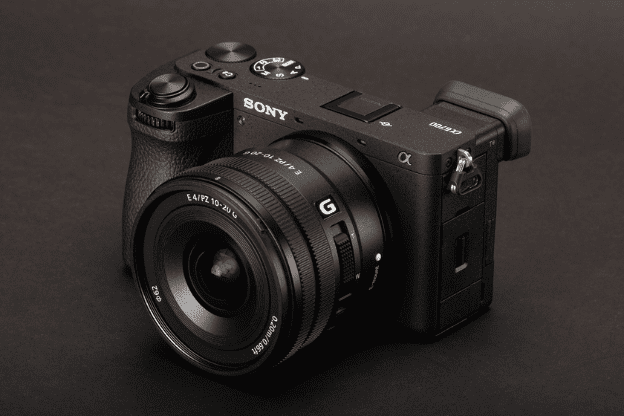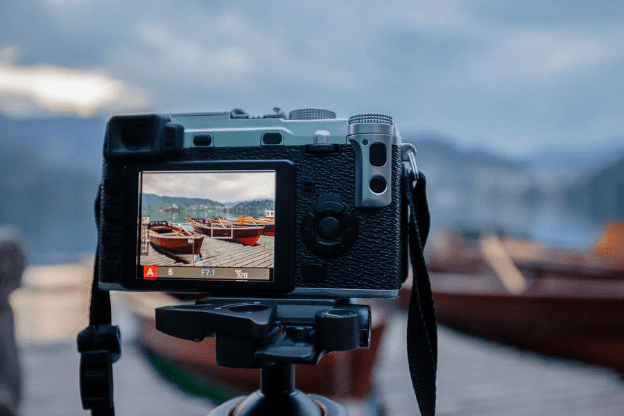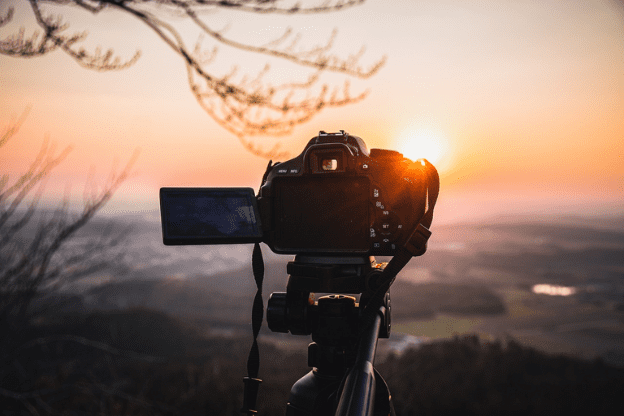
When delving into the world of photography, one of the first decisions you will face is whether to choose a mirrorless camera or a DSLR camera. Both types of cameras have their unique strengths and weaknesses, and understanding these can help you make the best choice for your needs. In this guide, we will compare mirrorless vs. DSLR cameras, examining the pros and cons of each to help you decide which is right for you. Additionally, we will touch on how you can further develop your skills through a comprehensive still photography course at RSFI Institute.
| Introduction |
|---|
| What Makes a Mirrorless Camera? |
| Pros of Mirrorless Cameras |
| Cons of Mirrorless Cameras |
| What Makes a DSLR Camera? |
| Pros of DSLR Cameras |
| Cons of DSLR Cameras |
| Mirrorless vs. DSLR Cameras: Which is Best for You? |
| Exploring a Photography Course for Your Skill Development |
| FAQs about Mirrorless vs. DSLR Cameras |
| Conclusion |


Mirrorless cameras, as the name suggests, lack a mirror mechanism. Light from the lens goes directly to the image sensor, and the image is viewed either through an electronic viewfinder or directly on the screen. This design leads to several key advantages and disadvantages.

One of the most significant benefits of mirrorless cameras is their compact size. Without the mirror and optical viewfinder systems, these cameras can be much smaller and lighter than their DSLR counterparts, making them ideal for travel and street photography.
Mirrorless cameras often offer superior continuous shooting speeds. The absence of a mirror flipping up and down allows for faster shutter speeds and quicker burst rates, which is particularly useful for capturing fast-moving subjects.
Many mirrorless cameras come with a silent shooting mode. This feature can be invaluable in situations where you need to be discreet, such as during wildlife photography or in a quiet event setting.
Modern mirrorless cameras often incorporate advanced autofocus systems with a high number of phase-detection and contrast-detection points. This results in faster and more accurate focusing, which is beneficial for both still photography and video work.
Mirrorless cameras are generally designed with video in mind, offering features like 4K recording, high frame rates, and advanced video settings that appeal to both amateur and professional videographers.
Read About: Top 10 Types of Photography - Which One Should You Master?

A notable drawback of mirrorless cameras is their battery life. Since they rely on electronic viewfinders or screens, they tend to drain the battery faster than DSLRs, which use an optical viewfinder that consumes less power.
Although this is changing rapidly, mirrorless cameras historically had a more limited selection of lenses compared to DSLRs. However, major camera manufacturers are continually expanding their lens options for mirrorless systems.
Some users find that electronic viewfinders can experience slight lag or delays compared to the instant feedback provided by an optical viewfinder.
High-end mirrorless cameras can be quite expensive, especially when you factor in the cost of lenses and accessories. However, there are also more affordable options available for beginners.

DSLR cameras have been a staple in the photography world for years. They feature a mirror system that reflects light from the lens into an optical viewfinder, offering a direct view of the scene.
One of the significant advantages of DSLRs is their impressive battery life. The optical viewfinder in DSLRs doesn’t require power, allowing you to take many more shots on a single charge.
DSLRs benefit from decades of development, resulting in a vast selection of lenses, flashes, and other accessories. This extensive ecosystem offers more choices for expanding your gear collection.
Many DSLRs are built to be rugged and durable. They are often weather-sealed, which can be crucial for photographers who work in challenging conditions.
DSLRs provide a clear, real-time view of the scene through the optical viewfinder. This direct view can be more intuitive and satisfying for some photographers.
DSLRs have a long history of development, which means their technology is well-established and reliable. Many professional photographers continue to use DSLRs for their proven performance.

DSLRs are generally larger and heavier than mirrorless cameras due to the mirror mechanism and optical viewfinder. This can be a disadvantage if you need a portable camera for travel or everyday use.
The mechanical mirror in DSLRs can slow down the burst shooting speeds compared to mirrorless cameras, which can be a limitation for capturing high-speed action.
Unlike mirrorless cameras, DSLRs are not known for their silent operation. The mirror flipping mechanism produces audible noise that can be disruptive in quiet environments.
While many DSLRs offer decent video capabilities, they often lag behind the latest mirrorless cameras in terms of advanced video features and specifications.

Choosing between a mirrorless and a DSLR camera depends on your specific needs and preferences. If you value portability, advanced autofocus, and video features, a mirrorless camera might be the better choice for you. On the other hand, if you prefer a robust camera with a long battery life and a wide selection of lenses, a DSLR could be the way to go.
For those looking to deepen their understanding of these camera systems and explore various aspects of still photography, enrolling in a still photography course can be a fantastic step forward. Still photography courses provide hands-on experience and theoretical knowledge, helping you to master both mirrorless and DSLR cameras effectively.

If you are passionate about photography and want to improve your skills, consider joining a photography course. RSFI Institute offers a range of photography and cinematography courses designed to cater to both beginners and advanced photographers. The institute’s still photography course covers essential techniques, from understanding camera settings to advanced shooting strategies, and is an excellent way to develop your craft.
At RSFI Institute, you can learn from experienced instructors who are well-versed in the latest digital photography trends and techniques. Their photography as a course option provides a comprehensive curriculum that includes practical assignments, creative projects, and personalized feedback. Whether you are interested in mastering the art of still photography or exploring the broader field of cinematography, RSFI Institute has a program to meet your needs.
Mirrorless cameras lack a mirror and optical viewfinder system, making them more compact and often offering faster shooting speeds. DSLRs use a mirror mechanism and an optical viewfinder, which provides a more durable and established system but can be bulkier.
Both camera types can be suitable for beginners. Mirrorless cameras offer ease of use and advanced features for fast learning, while DSLRs provide a robust, time-tested system. The best choice depends on individual preferences and budget.
Modern mirrorless cameras often have more advanced autofocus systems with higher accuracy and faster performance compared to DSLRs, especially for video work and high-speed shooting.
High-end mirrorless cameras can be more expensive than DSLRs, particularly when considering lenses and accessories. However, there are also budget-friendly mirrorless options available.
Some mirrorless cameras allow you to use DSLR lenses with the help of an adapter. However, compatibility and performance may vary depending on the specific camera and lens models.
RSFI Institute offers a range of photography and cinematography courses, including still photography courses that cover everything from basic techniques to advanced shooting strategies.
In the debate of mirrorless vs. DSLR cameras, both systems have their distinct advantages and disadvantages. Mirrorless cameras are known for their compact size, faster shooting speeds, and advanced video capabilities. In contrast, DSLRs offer excellent battery life, a broad range of lenses, and a well-established technological foundation. Your choice will depend on your specific needs, preferences, and budget.